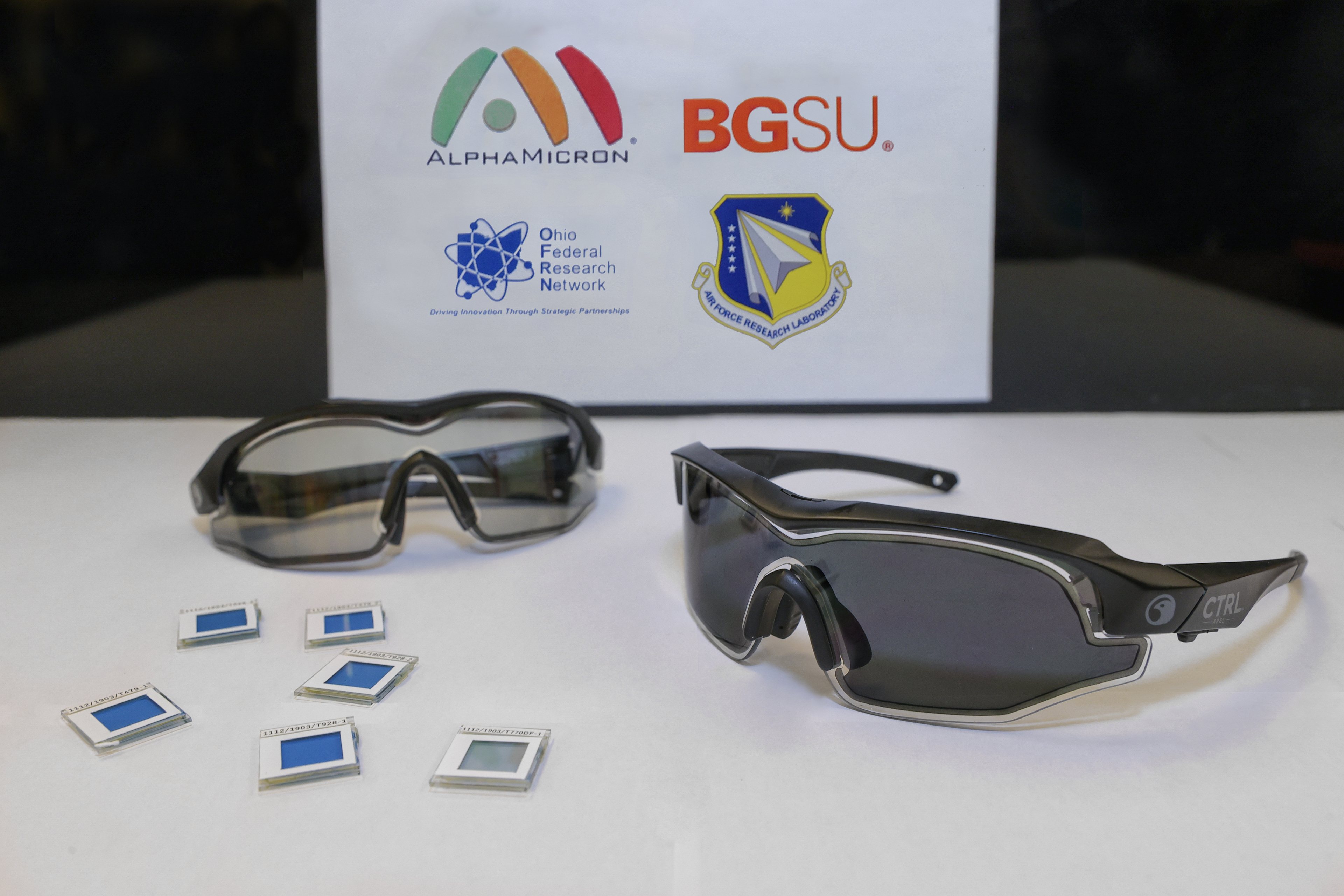
NEW PHOTOS: BGSU partners to provide U.S. Department of Defense with electronically dimmable protective eyewear
The multi-organizational project, funded through an $849,000 grant from the Ohio Federal Research Network, is creating eyewear that adjusts its tint from clear to dark in 0.1 seconds
By Laren Kowalczyk '07
Bowling Green State University photochemical scientists — unmistakable in their contribution to the public good — are partnering with public and private organizations in Ohio to provide the U.S. Department of Defense with eyewear that electronically adjusts its tint from clear to dark in 0.1 seconds, a critical safety feature.
The project’s leader, AlphaMicron, Inc., a prominent liquid crystal research and development company in Kent, Ohio, is leveraging the expertise of Dr. Jayaraman Sivaguru and Dr. Malcolm D.E. Forbes in the world-renowned BGSU Center for Photochemical Sciences to enhance the durability of the electronically dimmable eyewear to meet stringent light management requirements of the U.S. Air Force.
Sivaguru, a Distinguished University Professor, Antonia and Marshall Wilson Professor of Chemistry and the center’s associate director, and Forbes, a BGSU chemistry professor and the center’s director, are co-investigators on the project. The team also includes the center’s research staff and three doctoral students: Sruthy Baburaj, Jayachandran Parthiban and Sarvar Aminovich Rakhimov.
The project is funded by an $849,000 grant from the Ohio Federal Research Network (OFRN), which aims to stimulate Ohio’s innovation economy through strategic university and industry research collaborations. OFRN is an entrepreneur and research program managed by Parallax Advanced Research in collaboration with The Ohio State University and funded by the Ohio Department of Higher Education.
BGSU, a first-time recipient of an OFRN grant, is one of three Ohio public universities contributing to the research, which was presented to state lawmakers on April 18 at the Statehouse in Columbus.
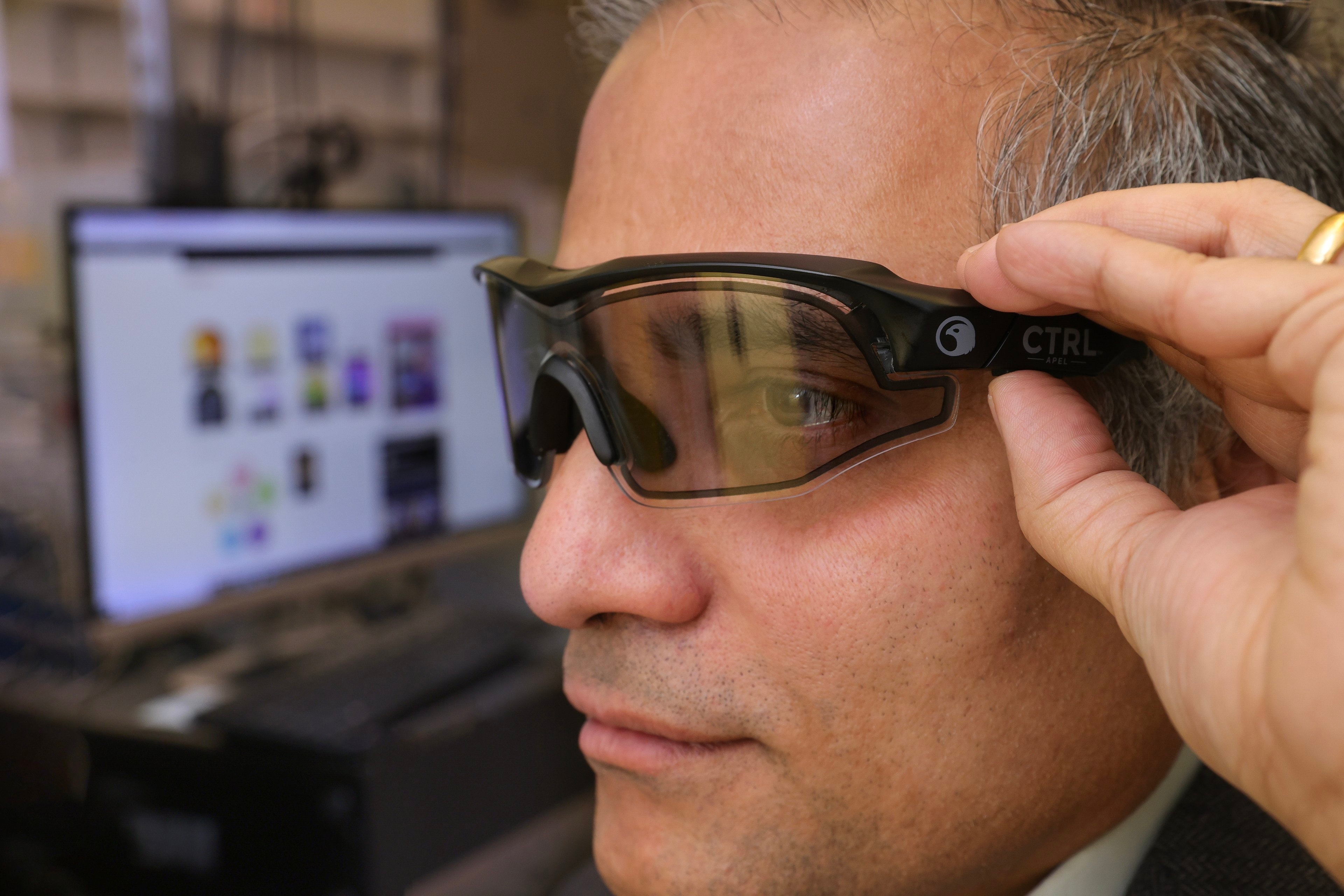
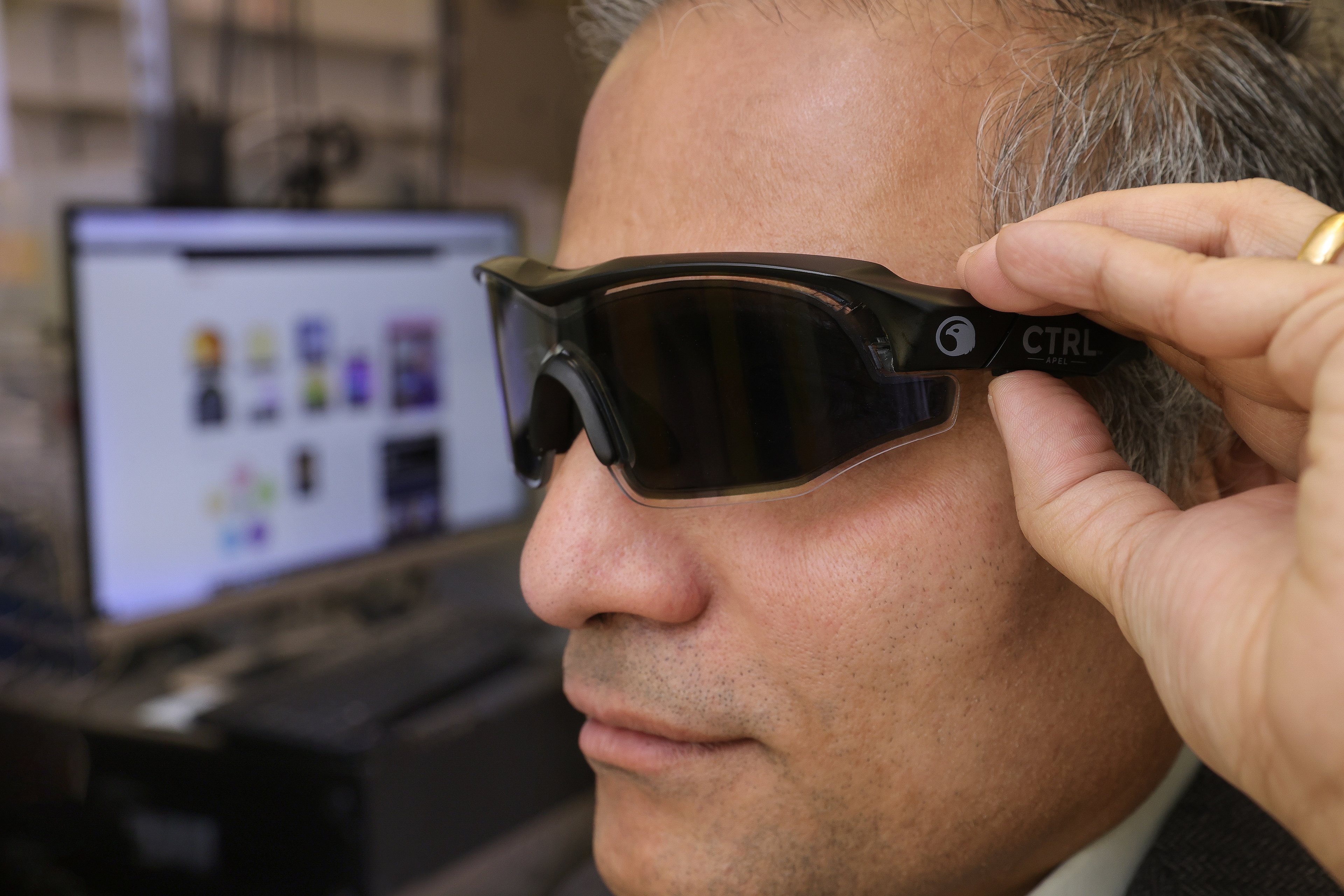
Industry, government and university collaboration
The initial project began with a Small Business Technology Transfer (STTR) grant awarded to AlphaMicron from Wright-Patterson Air Force Base in 2018. It evolved to include BGSU, Kent State University and Miami University in 2020 and will continue through June 2023, said Principal Electronics Engineer Dr. Darrel G. Hopper of the Air Force Research Laboratory at Wright-Patterson Air Force Base in Dayton.
The research project’s primary objective is to advance the AlphaMicron core liquid crystal technology platform for various products and applications, including as an eyewear format useful for both military and civilian applications. The goal is to develop eyewear with advanced sun protection and laser protection film suitable for first responders and National Guard members.
The technology’s projected use in the Air Force would include frequent exposure to harsh ultraviolet light at high altitudes, leading to degradation concerns.
“We must come up with a strategy to slow down the degradation of the material to improve its performance,” Sivaguru said. “Our focus is to understand the instabilities of materials when exposed to light and to find formulations and mechanisms by which we can improve the durability of the materials used in electronically dimmable technology.”
Forbes said degradation can impact a user’s vision because it changes the amount of light being absorbed.
“They might see things in a different color, which could be dangerous depending on eyewear use,” he said.

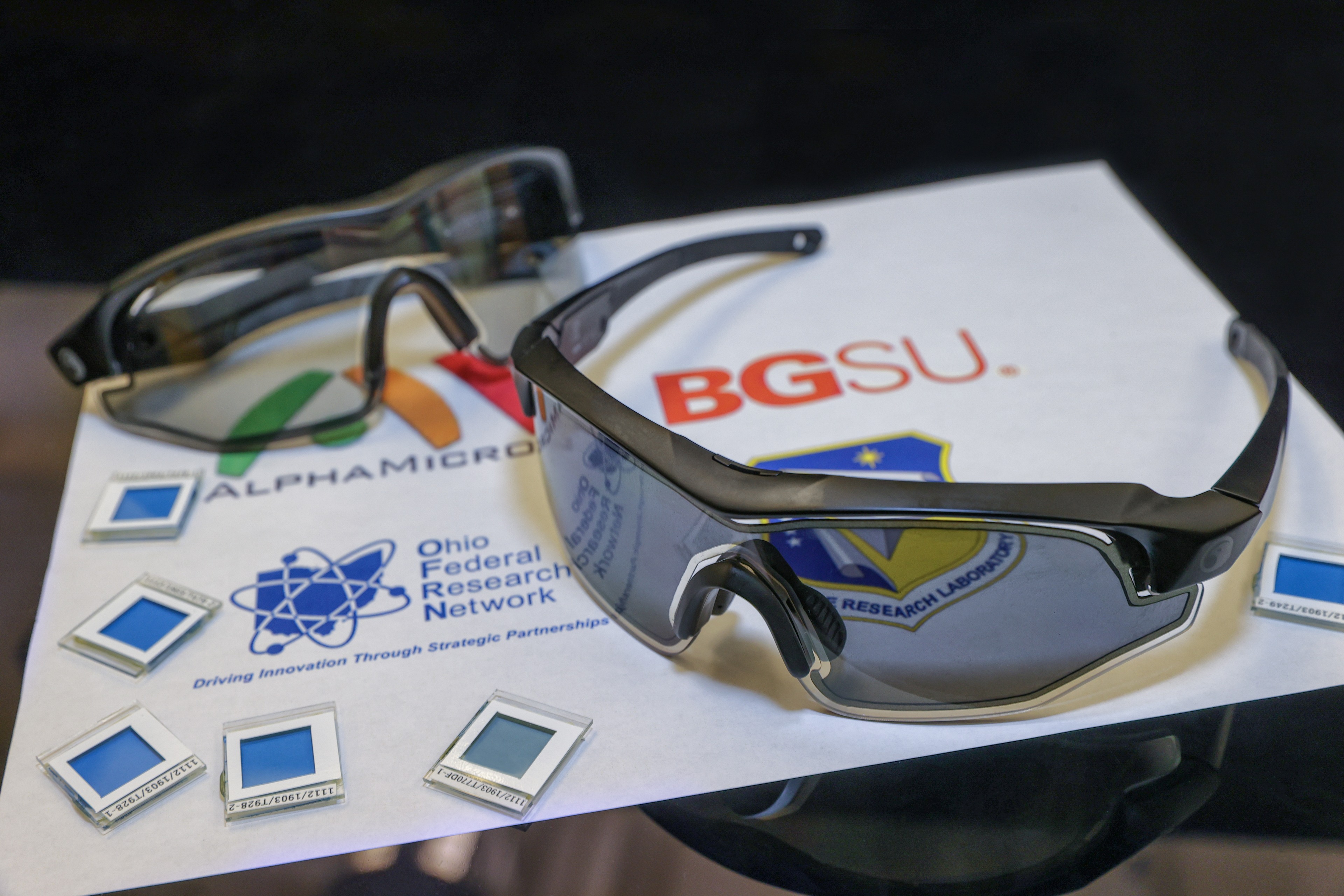
Improving durability
The BGSU team set out to improve the protective eyewear’s performance by conducting numerous fundamental studies and understanding the properties of materials developed by AlphaMicron. Researchers evaluated the material’s initial light absorption as a baseline and then exposed it to UV light in a customized chamber.
When the molecules in the lenses were exposed to UV light, they entered an excited state. That process can weaken the integrity of the material and lead to clouding.
“After exposure to light of a specific wavelength, we noticed that the material property changed,” Sivaguru said. “This often decreases the required performance of the materials, and the end user will notice a huge difference. Our research and development addressed this problem and by working with AlphaMicron on the material properties, the eyewear materials can be improved.”
Retired Air Force Maj. Gen. Mark Bartman, senior advisor to OFRN, said statewide university and industry collaborations benefit the state’s economy as they often lead to innovative technologies that drive job growth.
“The AlphaMicron team, with BGSU as a key partner, has made significant strides since the beginning of the project,” Bartman said. “The OFRN goal of bringing together academia and industry to solve problems for the federal government has been fully realized. Congratulations to the BGSU team for the maximum effort they have provided to AlphaMicron and the rest of the team members.”
AlphaMicron and its university partners provide technical and manufacturing expertise, material development, product design and conformity testing at external facilities to ensure compliance with industry regulations. Product demonstrations occur at Wright-Patterson Air Force Base, with personnel there providing feedback on prototype development.
“AlphaMicron routinely engages with universities with expertise, such as Bowling Green State University's Center for Photochemical Sciences, to foster collaboration between its faculty researchers and our scientists,” said Bahman Taheri, AlphaMicron CEO. “These interactions help advance the knowledge base in the field for both entities. This was the first collaboration between AlphaMicron and BGSU, and the interaction and scientific results obtained were very successful. AlphaMicron plans to build on this interaction going forward.”
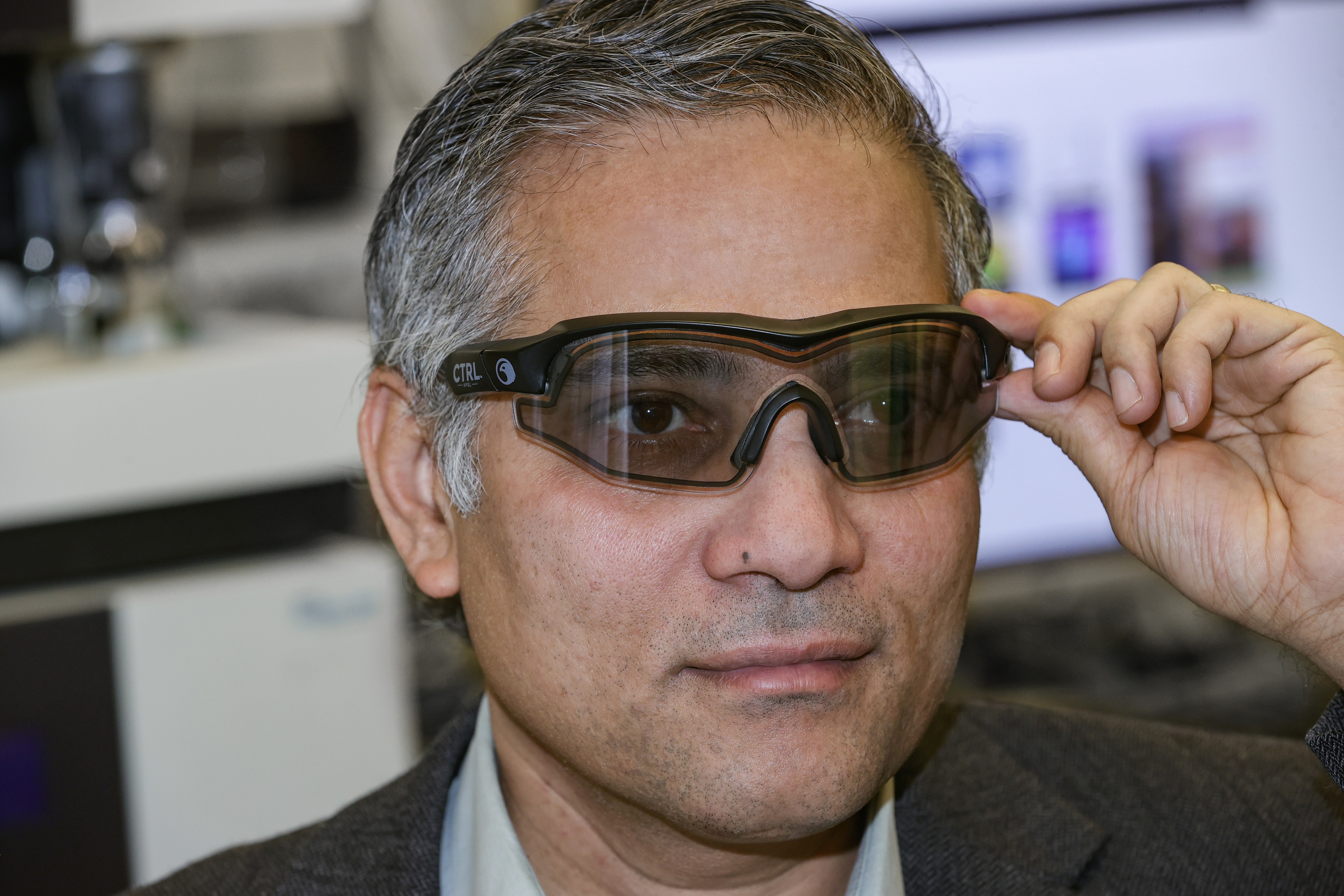
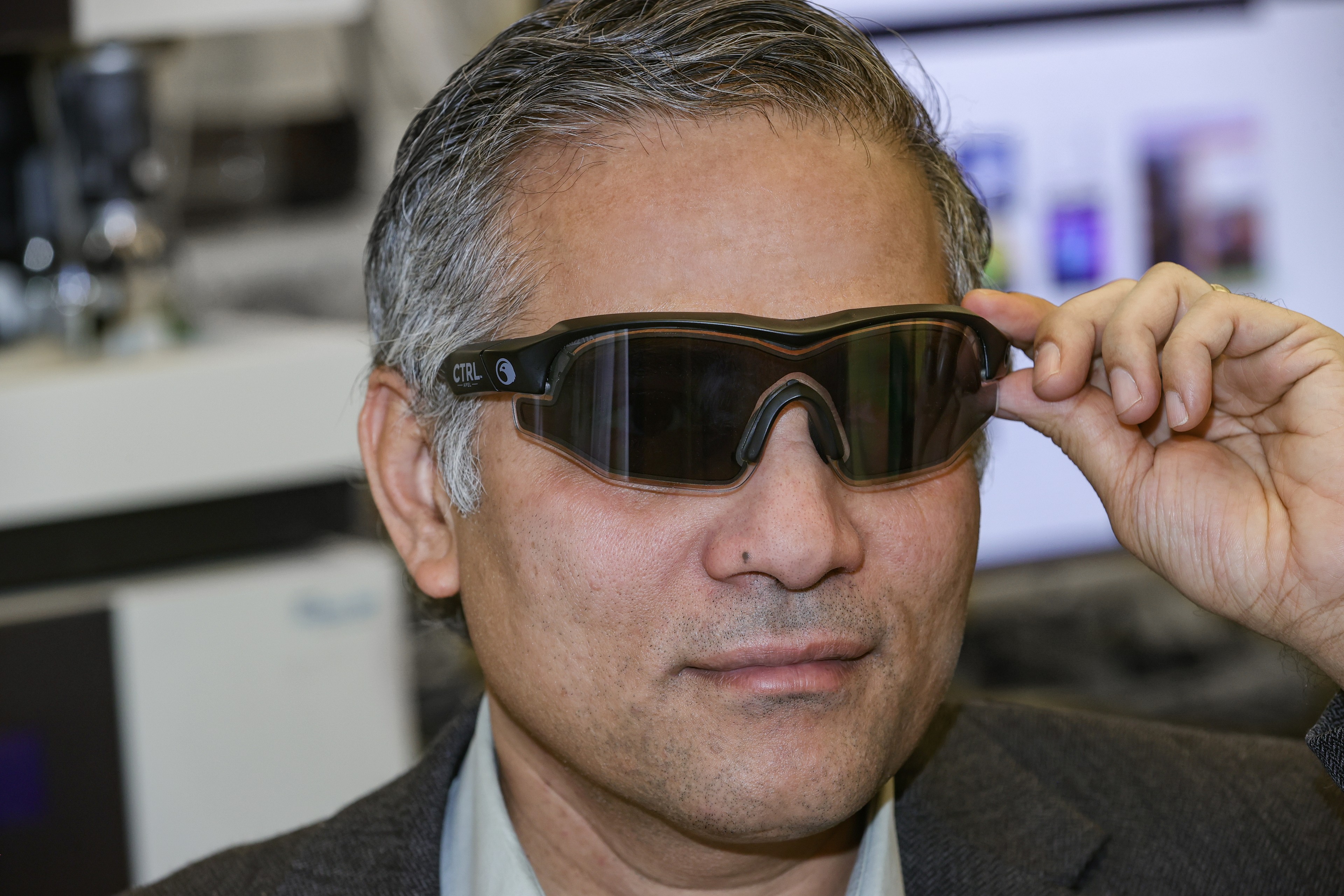
About the Air Force Research Laboratory
The Air Force Research Laboratory (AFRL) is the primary scientific research and development center for the Department of the Air Force. AFRL plays an integral role in leading the discovery, development and integration of affordable warfighting technologies for our air, space and cyberspace force. With a workforce of more than 11,000 across nine technology areas and 40 other operations across the globe, AFRL provides a diverse portfolio of science and technology ranging from fundamental to advanced research and technology development.
About AlphaMicron, Inc.
AlphaMicron is a Kent, Ohio-based technology focused on creating electro-optical solutions for light management applications. Its electronic tint-on-demand technology (e-Tint), is the only commercialized guest-host liquid crystal system on flexible substrates. AlphaMicron has active programs to create products for its clients in the military (Army, Air Force) and private sectors (Augmented Reality glasses, automotive glazing).
About OFRN
The OFRN has the mission to stimulate Ohio’s innovation economy by building statewide university/industry research collaborations that meet the requirements of Ohio’s federal laboratories, resulting in the creation of technologies that drive job growth for the State of Ohio. OFRN is managed by Parallax Advanced Research in collaboration with The Ohio State University and is funded by the Ohio Department of Higher Education.
Related Stories
Media Contact | Michael Bratton | mbratto@bgsu.edu | 419-372-6349
Updated: 08/23/2024 02:48PM




